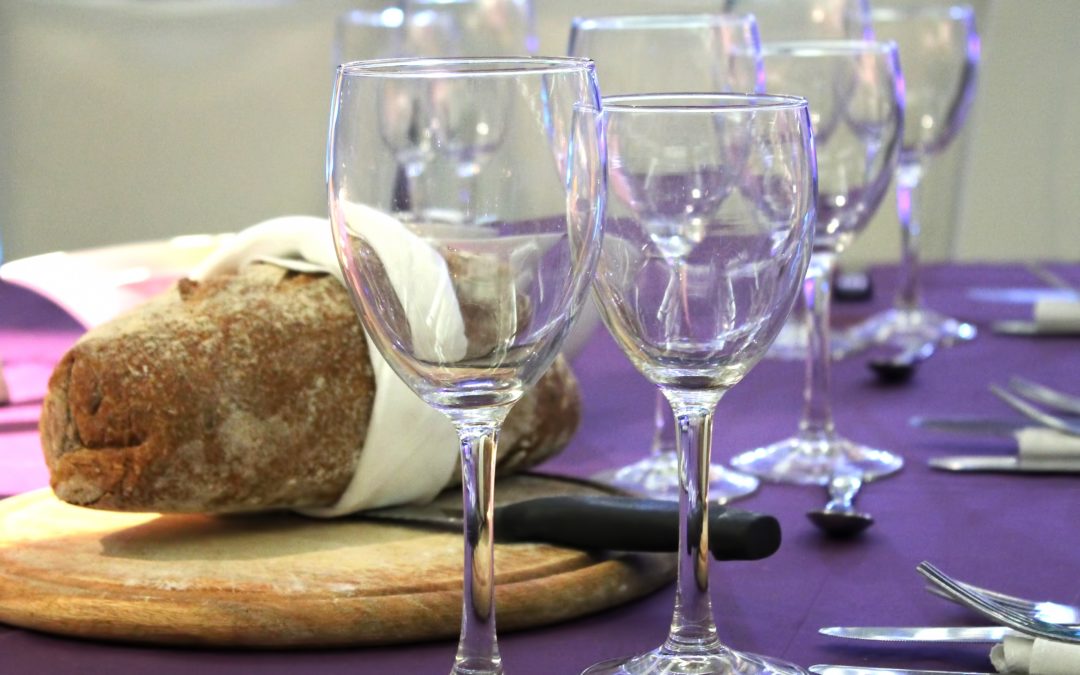Throughout this month many of us will be spending a lot time dining out with family and friends or entertaining clients in area restaurants.
As you peruse the wine list, don’t be surprised if you spot a Napa Cabernet Sauvignon you just bought for $30 at the wine store around the corner listed for $80 on the menu in front of you.
This week, I will try to explain some of the factors contributing to the markup, and offer some tips for recognizing the best values.
- Consider wine as a commodity and another good where the bottom line matters. If you are dining at an establishment with fresh flowers, valets, coat check, a sommelier, and seven chefs preparing your food, it’s going to cost considerably more than a similar meal prepared at home or at a restaurant without the flowers, valet, coat check, etc. These added amenities contribute to the prices, including the wine, at the restaurant. Another contributing factor in wine list sticker shock is tax — federal, state and local alcohol taxes are in addition to the restaurant sales tax.
- When looking for values on a restaurant wine list, keep in mind most lists follow a graduated markup. The highest markups are usually on less expensive wines and lower markups are on higher end wines. A $10 (wholesale price) wine could be marked up to $30 while a $45 (wholesale price) wine may be around $75 on a restaurant wine list. In this case the value may be in spending more and the potential of getting a better-quality wine.
- I admit I didn’t believe this tip given to me by a friend who was a beverage director until I did some research of my own. The best values are often found midway down in the list. Some restaurants mark up the second, third or fourth least expensive on the list the most. Why? Because most people don’t want to look cheap by ordering the least expensive on the list and will usually order the second, third or fourth wine on the list.
- Don’t be afraid to be adventurous. Restaurant owners are savvy in understanding many of us are easily confused when faced with the wine list in a new-to-us restaurant or when dining with a group. So you’ll likely pay more for recognizable brands, as restaurants know these are safe bets for consumers. Unfortunately — but understandable from the business model — these bottles generally get the full markup. If a bottle fits your price range and you have never tasted a wine from the region or the grape, give it a try.
